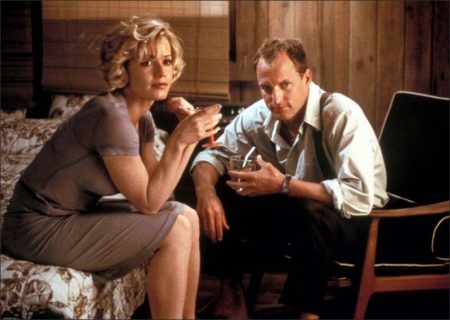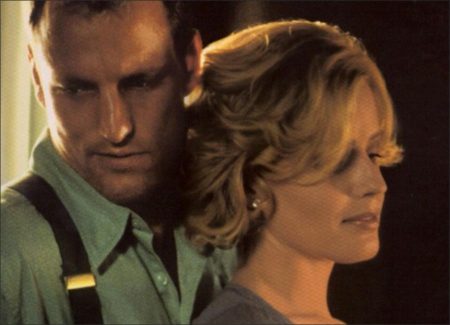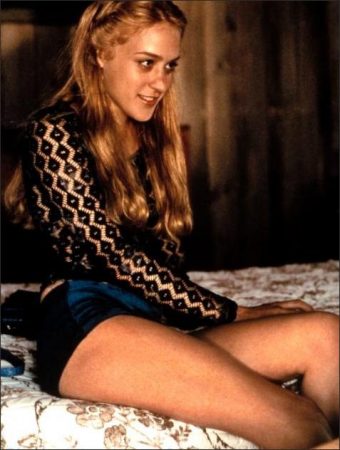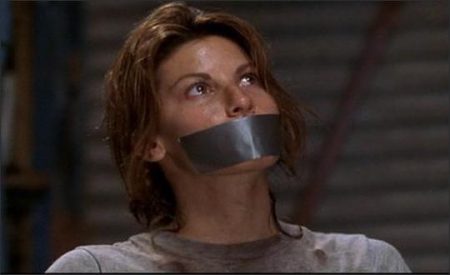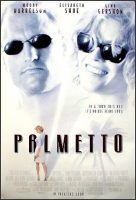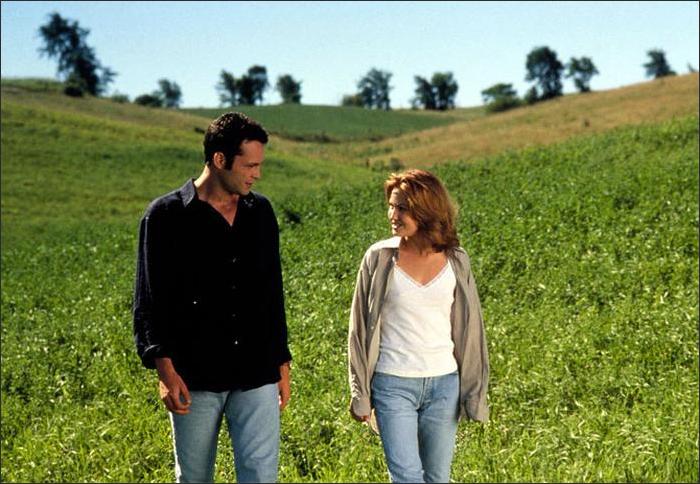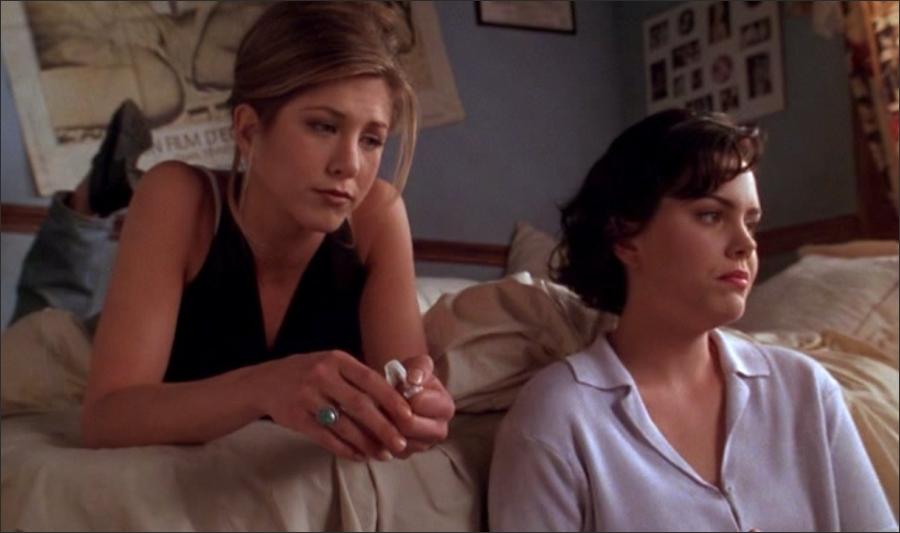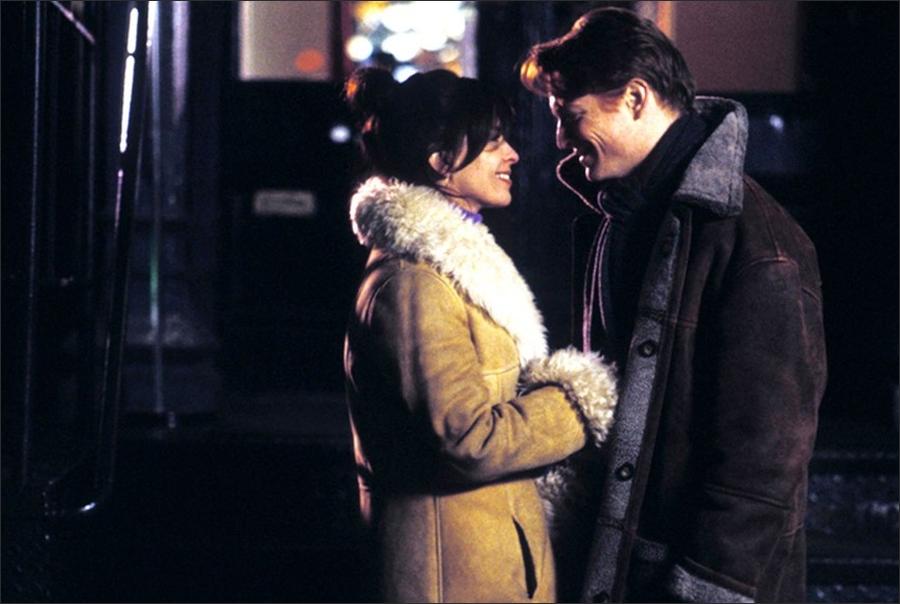Taglines: In a town this bad, it’s hard to be good…
Palmetto movie storyline. When new evidence confirms that he was framed, reporter Harry Barber (Woody Harrelson) is released from prison after serving two years. He then goes on to demonstrate repeatedly that he is the dumbest, most masochistic noir hero since Adam ate the apple. His original plan, to leave Palmetto, is foiled when he runs into his girlfriend Nina (Gina Gershon), a successful sculptor who truly loves him.
Unfortunately, he also runs into Rhea Malroux (Elisabeth Shue), a conniving femme fatale and wife of a dying millionaire, who offers him $50,000 for a small part in a phony kidnapping of her stepdaughter Odette (Chloe Sevigny. Feeling that he is owed something for his lost two years, and blinded by Rhea’s sexuality, Harry agrees to participate even after he realizes he was set up from the very beginning.
Palmetto is a 1998 neo-noir film directed by Volker Schlöndorff (as Volker Schlondorff) with a screenplay by E. Max Frye. It is based on the novel Just Another Sucker by James Hadley Chase. The film stars Woody Harrelson, Elisabeth Shue, Gina Gershon, Rolf Hoppe, Chloe Sevigny, Tom Wright, Michael Rapaport, Marc Macaulay, Ralph Wilcox and Salvador Levy.
Film Review for Palmetto
It must be hard being considered something of a legend as a serious filmmaker and never getting a piece of the commercial pie that is shared so generously with the most hackneyed studio directors. It’s enough to drive a Costa-Gavras to make a misguided star vehicle like “Mad City,” or Gus Van Sant to direct a slick, mainstream production like “Good Will Hunting,” or Volker Schlondorff, maker of the classic German film “The Tin Drum,” to attempt a thriller as insubstantial as “Palmetto.”
Schlondorff has made a career adapting serious literary works–Gunter Grass’ “The Tin Drum,” Marcel Proust’s “Swann in Love,” Margaret Atwood’s “A Handmaid’s Tale” among them. Now, it’s time to have some fun, Schlondorff says in the film’s production notes, time to make the kind of movie he actually likes to watch. Apparently he likes to watch bad pulp fiction.
Adapted from the 1930s potboiler “Just Another Sucker,” by British writer Rene Raymond (under the pen name James Hadley Chase), “Palmetto” is a parade of film noir cliches and caricatures, plus the occasional–these days, practically obligatory–nod to Quentin Tarantino. There’s a killer here who, like a plumber nonchalantly unplugging a drain, gets rid of his victims’ bodies by vaporizing them in acid baths.
But he’s only a minor Tarantino figure, and not particularly amusing at that. The flawed hero of “Palmetto” is Harry Barber (Woody Harrelson), a contemporary, small-town Florida newspaperman whose enterprising reporting on local corruption got him framed and sent to prison two years before the movie starts.
Now, he is being suspiciously released, and though he’d rather start a new life somewhere else, his devoted artist girlfriend, Nina (Gina Gershon), has other plans for him back in Palmetto, and so does the blond bombshell Rhea (Elisabeth Shue) who comes on to him in a neighborhood tavern and makes him an offer he can’t refuse.
Before he’s had time to find a legitimate job, or even grow a trendy five-day beard, Harry is up to his ears in sultry women–Nina, Rhea and a precocious teenage kidnap target named Odette (Chloe Sevigny)–and in a scheme that could put him right back in the big house. Somehow, Harry has to pick himself up, sharpen his old journalistic skills and beat the game before it beats him.
The attraction of film noir to foreign auteurs is understandable. It’s one of the two original American movie forms, and no one’s likely to ask Schlondorff to remake “Shane.” Film noir allows a filmmaker to indulge his cinematic tastes for psychological atmosphere, human weakness, violence, sexual bargaining and shadowy, mood-lit photography. And Schlondorff has a grand time indulging himself in all of these things.
But “Palmetto” has no foundation below its pedestrian plot. There is no social theme, no aspect of personal revelation, nothing that would move it from the mystery shelf to general fiction, let alone literature.
The characters aren’t even interesting. Though Harrelson is great at playing lost underdogs, Harry Barber is just a loser, an easy conquest for Rhea, an incompetent crook and a lousy police press liaison, a job arranged for him–against all odds and reason–by Nina’s brother-in-law cop.
There’s not a character in “Palmetto” who rings true. Shue, wearing skirts that fit her like stretched Saran Wrap, does some gamy sexual posing, and fine images they are. But it’s impossible not to think that she and Gershon, of “Striptease” infamy, should have switched roles. Gershon knows how to make naughty on screen; Shue is overacting in a charade.
Revelations of betrayals, faked identities and double-crosses come in waves in the last half-hour of “Palmetto,” but by then, the film has raised the one question it can’t answer: Who cares?
vPalmetto (1998)
Directed by: Volker Schlondorff
Starring: Woody Harrelson, Elisabeth Shue, Gina Gershon, Rolf Hoppe, Chloe Sevigny, Tom Wright, Michael Rapaport, Marc Macaulay, Ralph Wilcox, Salvador Levy
Screenplay by: James Hadley Chase
Production Design by: Claire Jenora Bowin
Cinematography by: Thomas Kloss
Film Editing by: Peter Przygodda
Costume Design by: Terry Dresbach
Set Decoration by: Jane B. Johnson
Music by: Klaus Doldinger
Distributed by: Columbia Pictures
Release Date: February 20, 1998
Hits: 501
